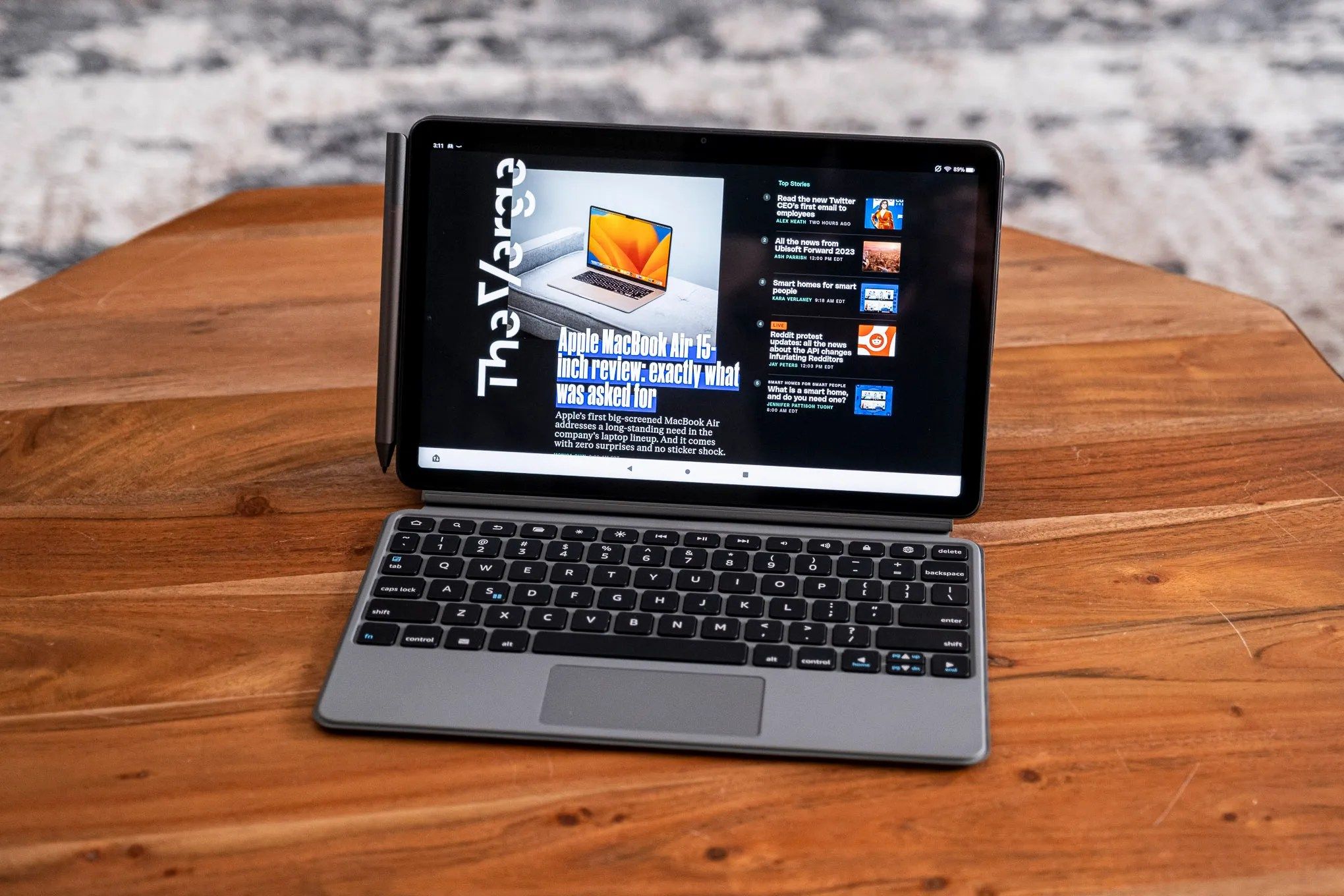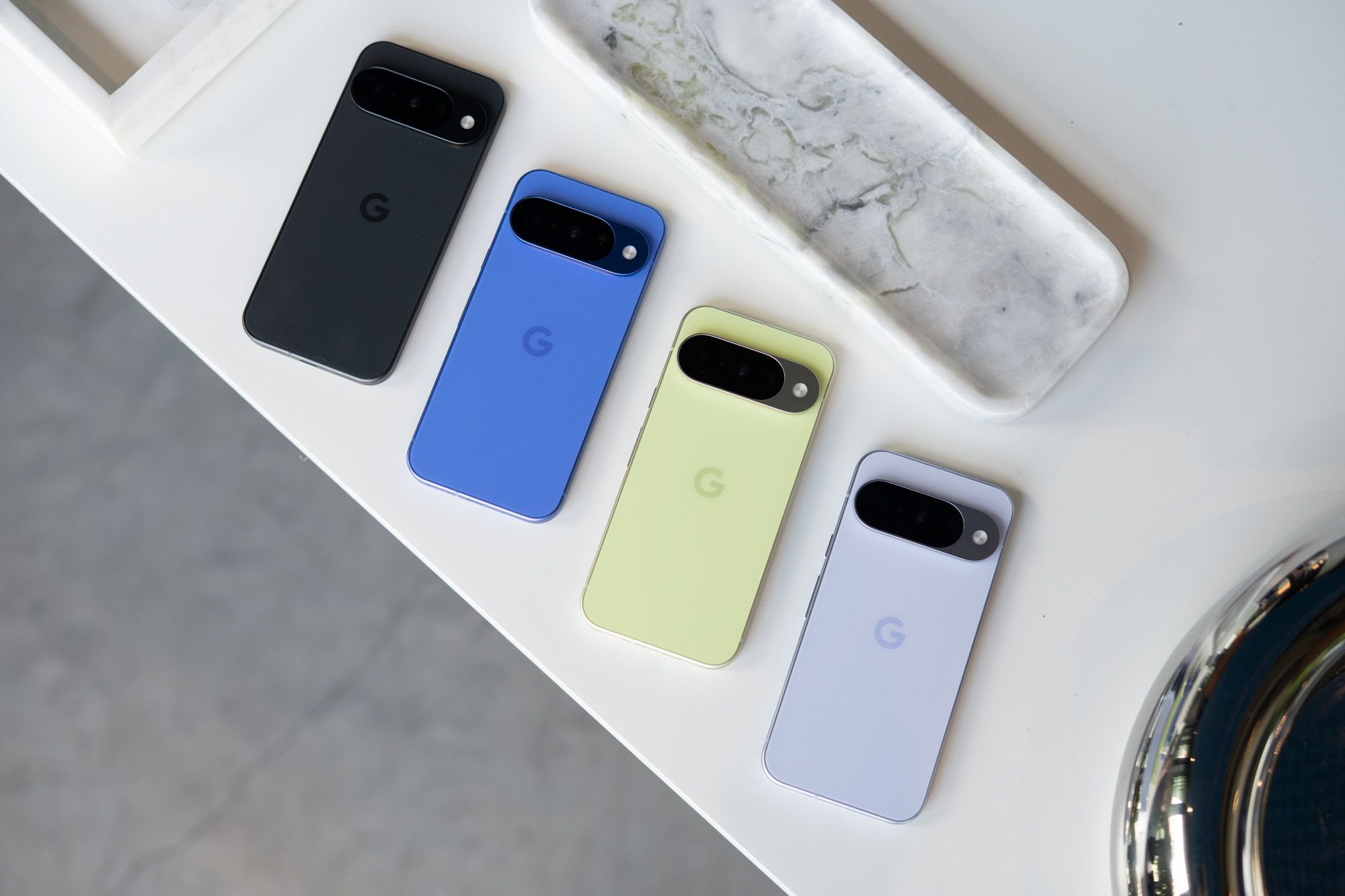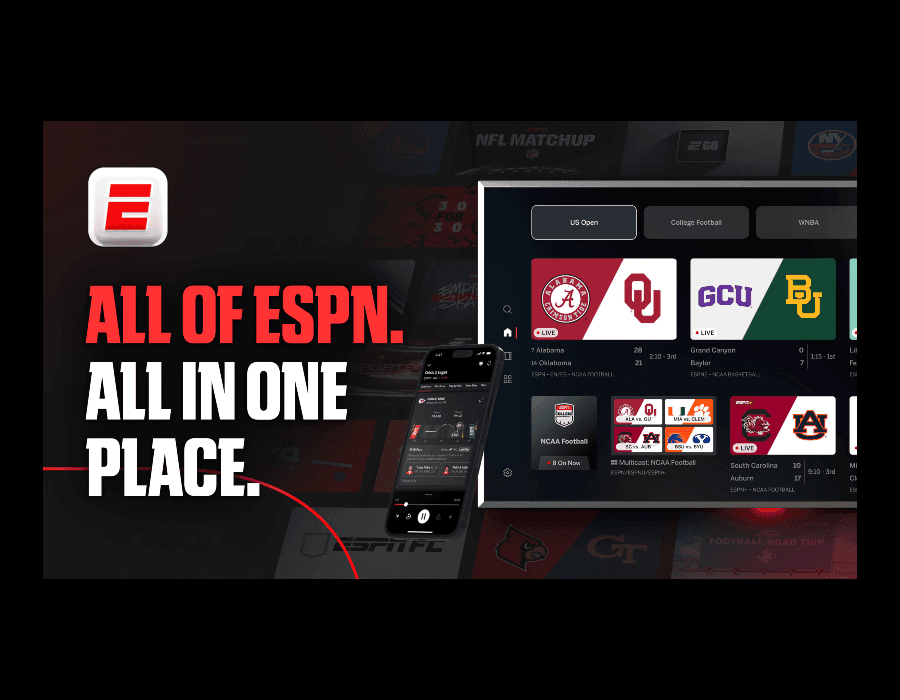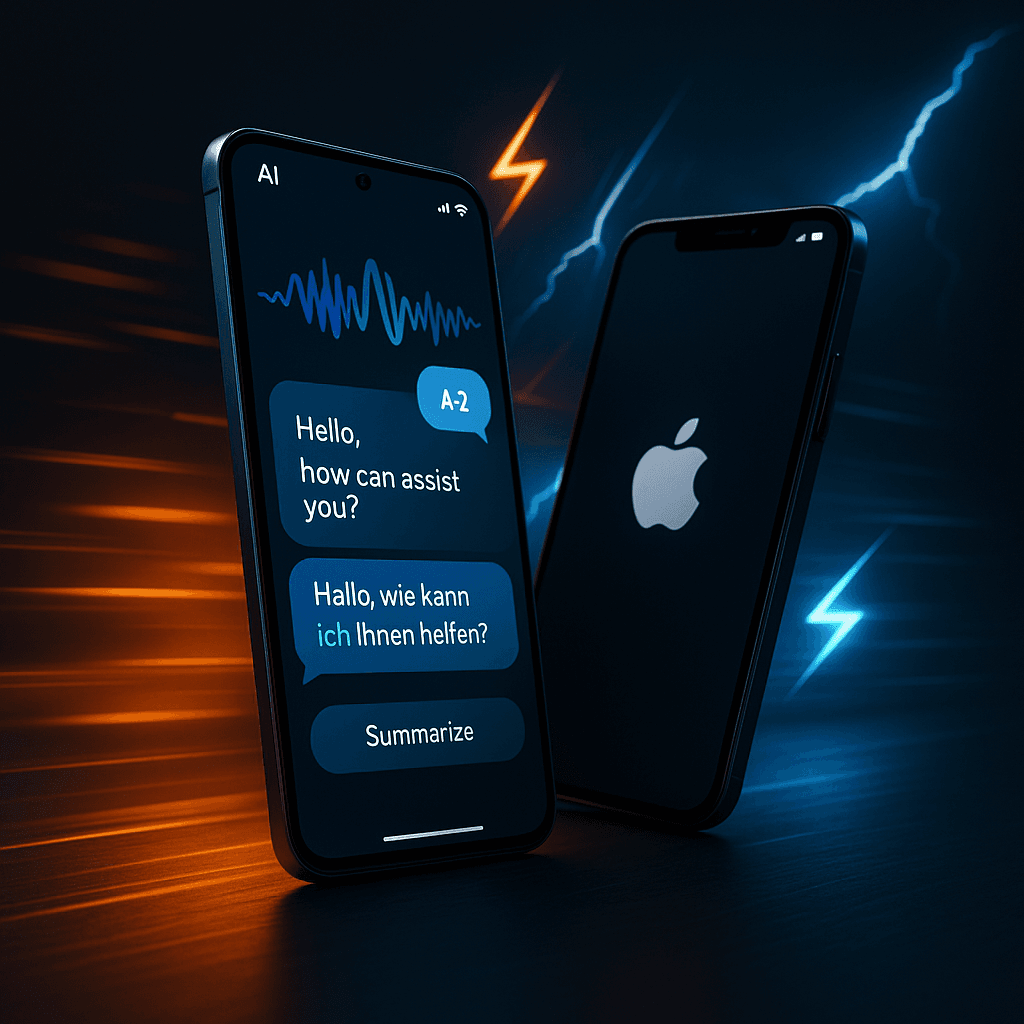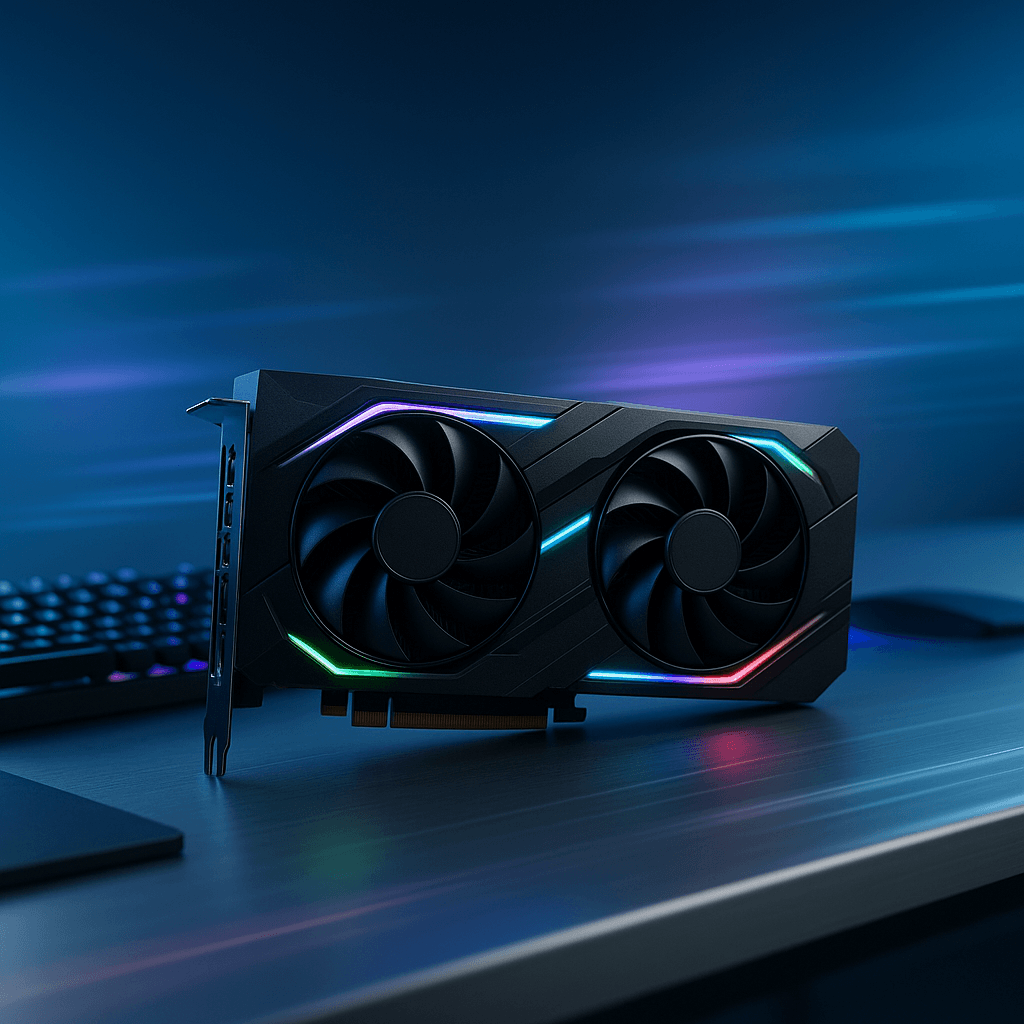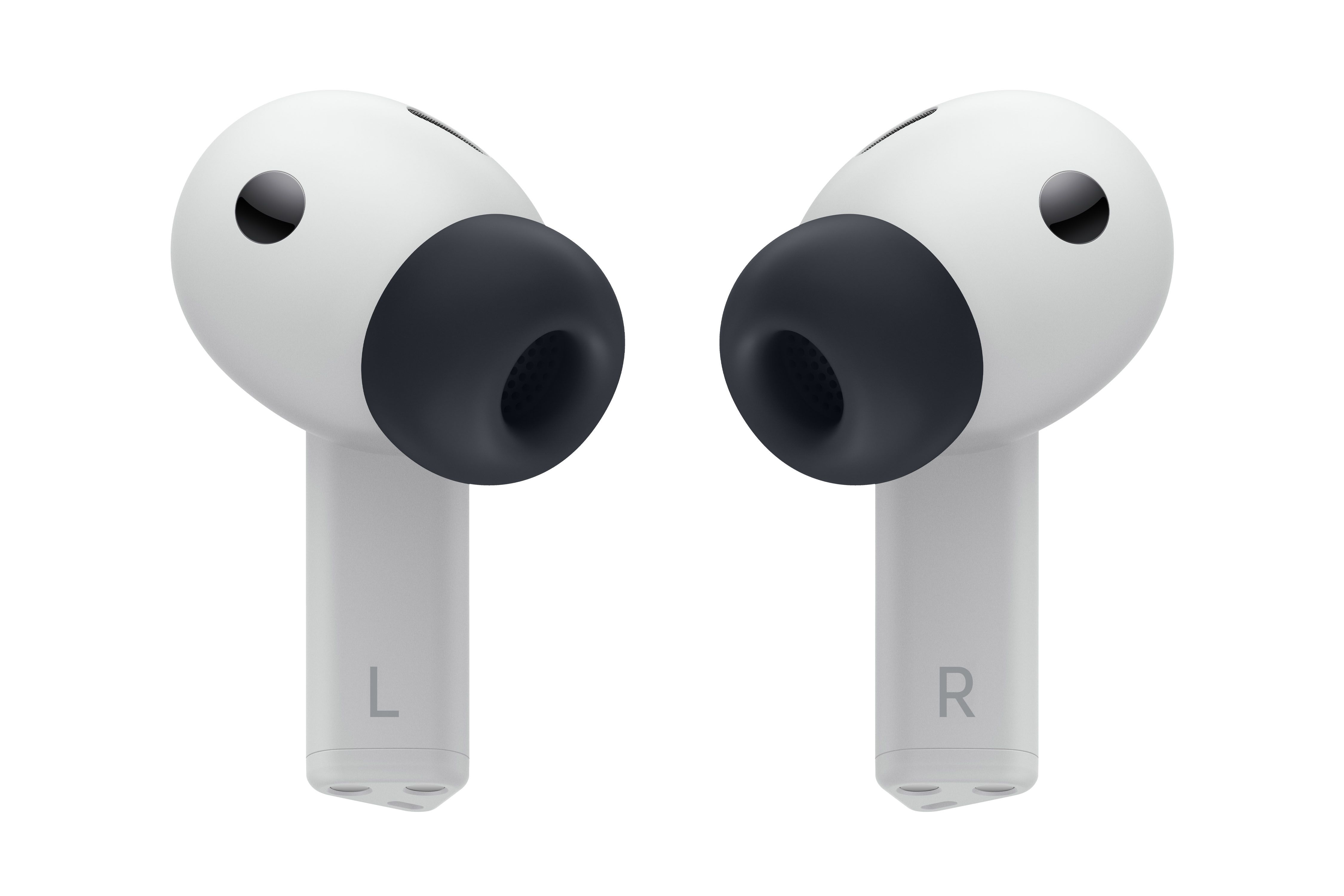Amazon is abandoning its decade-long FireOS strategy with plans to launch a premium Android-powered tablet as early as next year, according to multiple sources speaking to Reuters. The move signals the biggest shift in Amazon's hardware strategy since the Fire tablet line launched in 2011.
Amazon just threw its entire tablet strategy into reverse. After more than a decade of pushing its custom FireOS software, the e-commerce giant is preparing to launch a premium Android tablet that could fundamentally reshape its hardware business, multiple sources tell Reuters.
The "higher-end" Android tablet, expected to launch as early as next year, represents Amazon's most dramatic hardware pivot since it killed the Fire Phone in 2015. At an estimated $400 price point, the device marks a stunning 74% jump from Amazon's current flagship Fire Max 11, which retails for $230.
[Embedded image: Amazon Fire Max 11 tablet showing current FireOS interface]
The shift sends shockwaves through Amazon's carefully constructed walled garden. For years, the company forced developers to create FireOS-compatible apps and distribute them exclusively through Amazon's App Store, a strategy that severely limited the Fire tablet ecosystem compared to standard Android devices. "This is Amazon admitting that FireOS was a failed experiment," one industry analyst told me, speaking on condition of anonymity due to ongoing business relationships with the company.
But Amazon isn't completely abandoning its OS ambitions. According to Reuters, the company plans to continue offering cheaper tablets powered by its Linux-based Vega operating system, the same software that runs some Fire TV streaming devices. This two-tier approach suggests Amazon is testing the waters before potentially abandoning custom software entirely.
